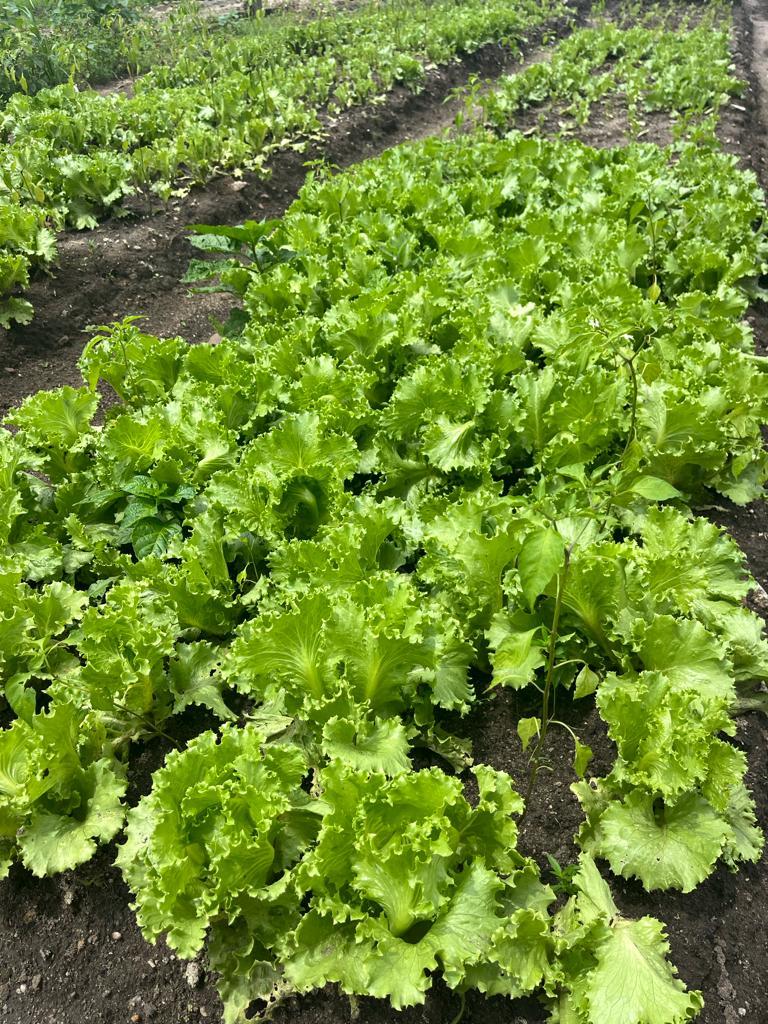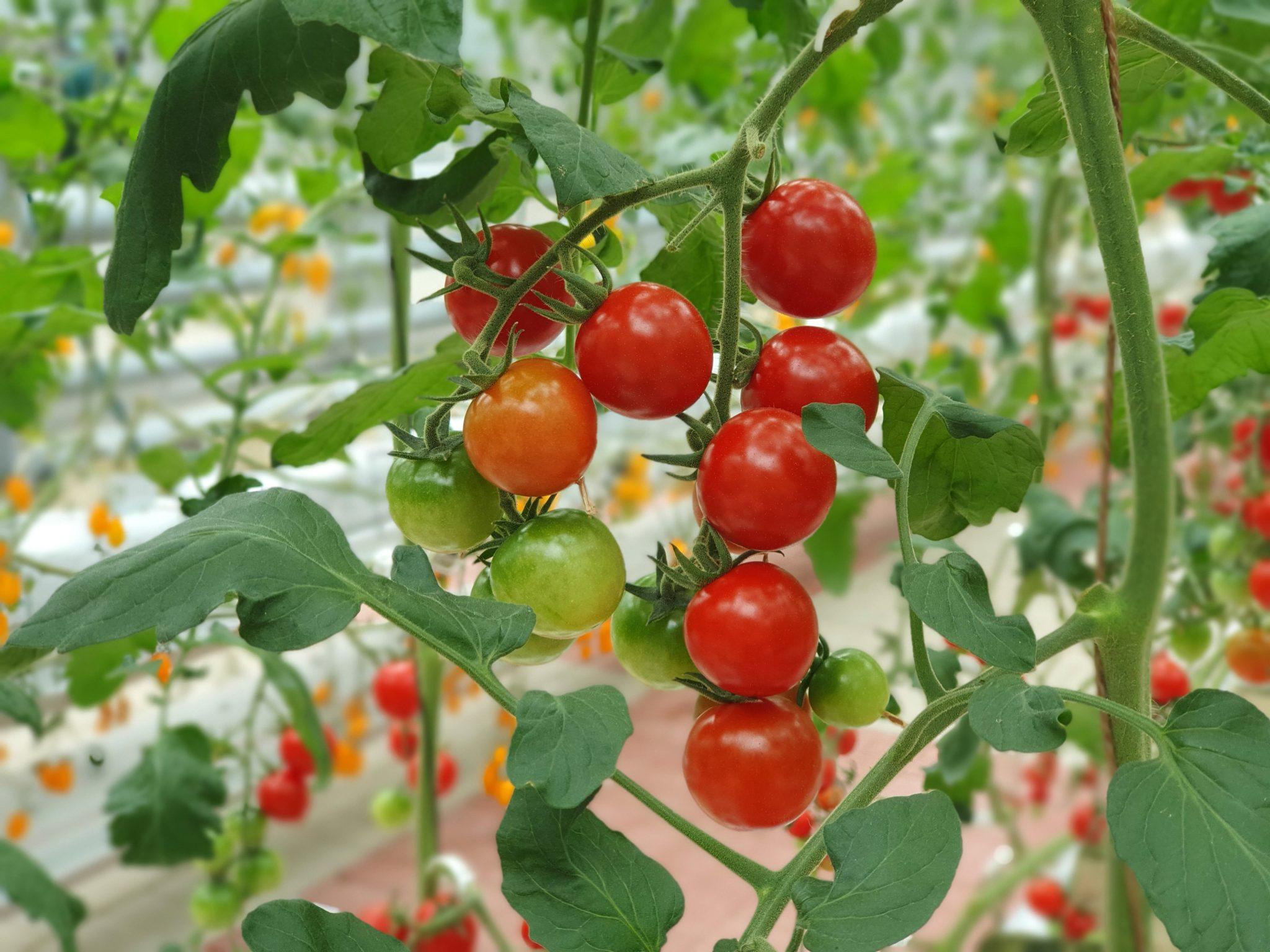GROWING SWEET CORN: A BEGINNER’S GUIDE
Sweet corn is a staple plant known for its juicy grains and sweet flavor when added to foods. It is used as a food additive in numerous local dishes including jollof and fried rice. Its numerous uses and health benefits make it a good crop to invest in. Here we’ll walk you through the steps we take in growing sweet corn.

STEPS FOR GROWING SWEET CORN
1. Varieties selection: Due to its different varieties and adaptabilities, it is very important to select the ones that suit your location and climate. We plant Honey Select Sweet Corn Seeds which is a good variety to grow in Nigeria. We also Consider factors such as maturity time, sweetness level, and disease resistance when growing sweet corn in your location.
2. Preparing the Soil: Sweet corn thrives in well-drained, fertile soil with a pH level between 6.0 and 7.0. We begin by preparing our soil several weeks before planting. We apply manure to improve soil structure and fertility. We remove any weeds and debris from the planting area

3. Planting: Planting sweet corn is best directly from seed outdoors, as it doesn’t transplant well. Plant seeds 1 to 1.5 inches deep and space them 9 to 12 inches apart in rows spaced 2.5 to 3 feet apart. Planting in blocks rather than single rows aids in pollination.
4. Providing Proper Care: We water our sweet corn regularly, providing about 1 inch of water per week through our irrigation system (visit our farm for practical knowledge gathering). Consistent moisture is crucial, especially during the tasseling and silking stages. We side-dress corn plants with a balanced fertilizer when they reach knee-high and again when they begin to produce ears.

5. Managing Weeds and Pests: We keep the area around our sweet corn plants free of weeds, as they can compete for nutrients and water. We mulch with plastic mulch to help suppress weeds. We monitor for common pests such as corn earworms, armyworms, and corn borers. Consider using floating row covers or biological controls to manage pests organically.
6. Supporting Tall Varieties: Some sweet corn varieties, especially those with tall stalks, may benefit from additional support to prevent lodging (falling over) during strong winds. We make the base firm by surrounding it with enough sand.

7. Pollination: Sweet corn requires proper pollination to produce full ears with plump kernels. Each silk on the ear corresponds to a kernel, and each silk must be pollinated to develop a kernel. Wind and gravity aid in pollination. We avoid planting sweet corn in a single long row to ensure good pollination.
8. Harvesting: It is typically ready for harvest 18 to 24 days after the appearance of silks. Test for ripeness by gently pressing a kernel with your fingernail; if the liquid is milky, the corn is ready. Harvest sweet corn early in the morning when the sugar content is highest. Twist the ears downward and pull them from the stalk. For the best flavor, cook and eat sweet corn as soon as possible after harvesting.
Growing sweet corn can be very profitable and by following these steps carefully, you can be assured of a good harvest. Kindly visit the farm to gain practical experience.




